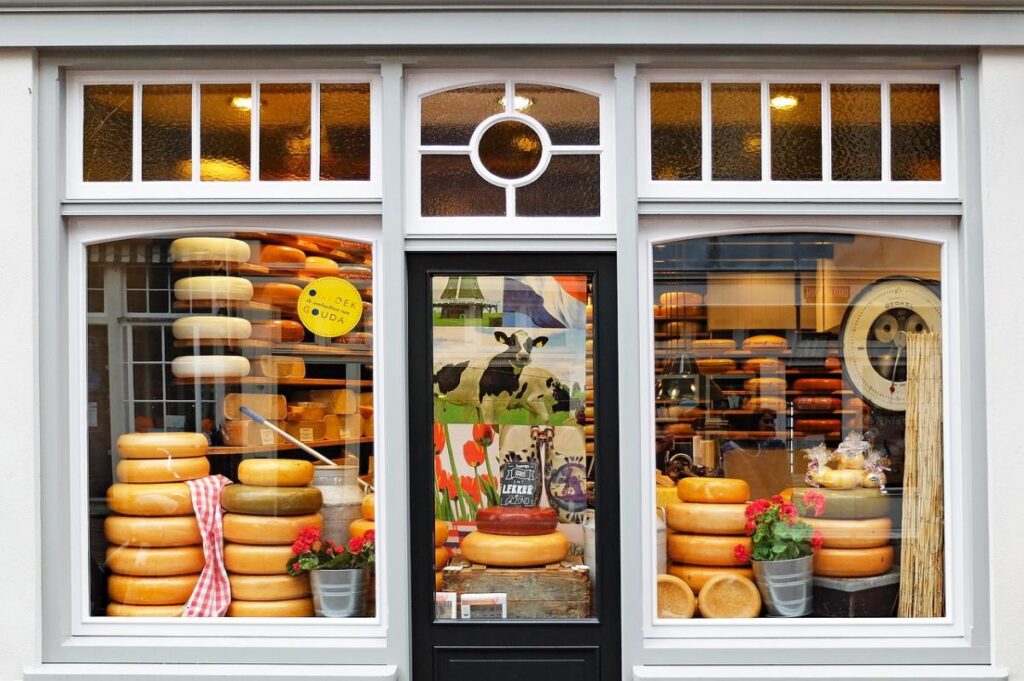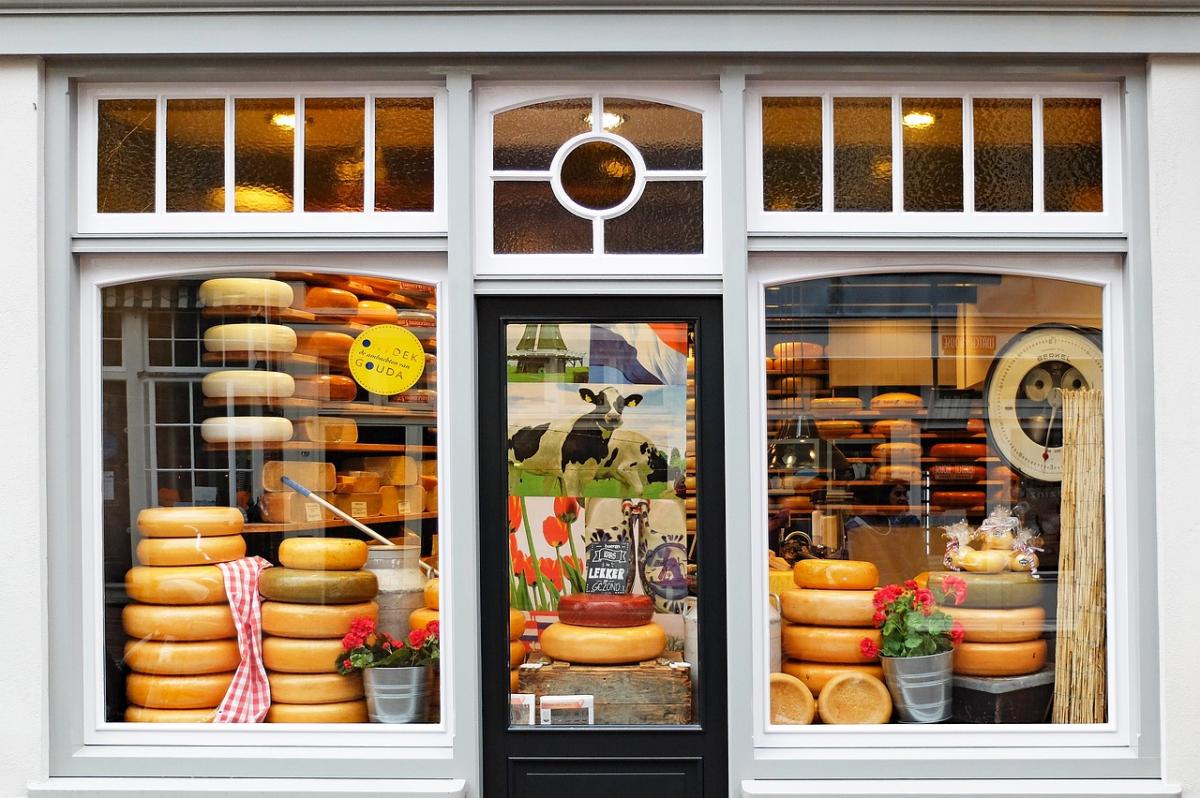Cheese has been a beloved food for centuries, and its history in the United States is no exception.
From the early days of colonization to the present, cheese has played a significant role in American cuisine and culture. In this article, we will explore the fascinating history of cheese in the United States, from its humble beginnings to its current status as a staple in American households.
The Early Days of Cheese in America
The history of cheese in the United States dates back to the early days of European colonization. The first cheese-making settlers arrived in the 17th century, bringing with them the knowledge and techniques of their homelands. These early settlers, primarily of English, Dutch, and French origin, established dairy farms and began producing cheese.
One of the earliest recorded instances of cheese production in America was in 1624, when the Dutch settlers in New Netherland (present-day New York) made cheese from the milk of their cows. This marked the beginning of a long tradition of cheese-making in the region.
The Rise of American Cheese
As the United States expanded westward, so did the production of cheese. In the 19th century, the development of the railroad system made it easier to transport cheese from rural areas to urban centers, leading to an increase in production and consumption.
During this time, American cheese began to develop its own unique characteristics. The availability of different breeds of cows, variations in climate and pasture, and the influence of different cultural groups all contributed to the diversity of American cheese.
One notable example is the creation of Monterey Jack cheese in California. In the 19th century, Mexican Franciscan friars settled in the Monterey area and brought with them their cheese-making traditions. They began producing a semi-hard cheese known as “Queso del Pais,” which eventually evolved into Monterey Jack cheese.
The Industrialization of Cheese Production
The late 19th and early 20th centuries saw significant changes in the cheese industry in the United States. The industrial revolution brought about advancements in technology and transportation, which revolutionized cheese production and distribution.
One of the most significant developments during this period was the invention of the cheese factory. Cheese factories allowed for large-scale production and standardized the cheese-making process. This led to increased efficiency and consistency in cheese production.
Another important development was the introduction of pasteurization. In the early 20th century, concerns about food safety and the spread of diseases led to the widespread adoption of pasteurization in the dairy industry. Pasteurization involves heating milk to kill harmful bacteria, ensuring the safety of the cheese produced.
The Rise of Processed Cheese
One of the most significant developments in the history of cheese in the United States was the rise of processed cheese. Processed cheese, also known as American cheese, is made by blending natural cheese with other ingredients such as emulsifiers and stabilizers.
The invention of processed cheese is credited to James L. Kraft, who patented a method for producing processed cheese in 1916. Kraft’s processed cheese was a hit, as it was convenient, had a longer shelf life, and melted smoothly. It quickly gained popularity and became a staple in American households.
The Modern Era of Cheese in America
In recent decades, there has been a resurgence of interest in artisanal and specialty cheeses in the United States. Consumers are increasingly seeking out unique and high-quality cheeses, leading to a boom in small-scale cheese production.
According to the American Cheese Society, the number of artisanal cheese producers in the United States has more than tripled since the 1990s. This growth has been driven by a combination of factors, including increased consumer demand, a focus on local and sustainable food, and a desire for unique flavors and textures.
The Impact of American Cheese on the Global Market
American cheese has also made its mark on the global market. While European cheeses have long been considered the gold standard, American cheeses are gaining recognition and winning awards at international competitions.
One example is the Vermont-based cheese producer, Jasper Hill Farm, which has received numerous accolades for its artisanal cheeses. Their cheese, “Harbison,” won the prestigious World Cheese Award in 2018, beating out thousands of entries from around the world.
Get the news first!
The Rich and Diverse History of Cheese in the United States
The history of cheese in the United States is a testament to the country’s rich culinary heritage. From the early days of colonization to the present, cheese has played a significant role in American cuisine and culture.
As the United States continues to embrace artisanal and specialty cheeses, the future of cheese in America looks bright. With a growing number of small-scale producers and a renewed appreciation for unique flavors and textures, American cheese is poised to make an even greater impact on the global market.
Key Takeaways:
- Cheese production in the United States dates back to the early days of European colonization.
- The industrial revolution brought about advancements in technology and transportation, revolutionizing cheese production and distribution.
- Processed cheese, also known as American cheese, gained popularity in the early 20th century.
- There has been a resurgence of interest in artisanal and specialty cheeses in recent decades.
- American cheeses are gaining recognition and winning awards at international competitions.

Make Cheese!
